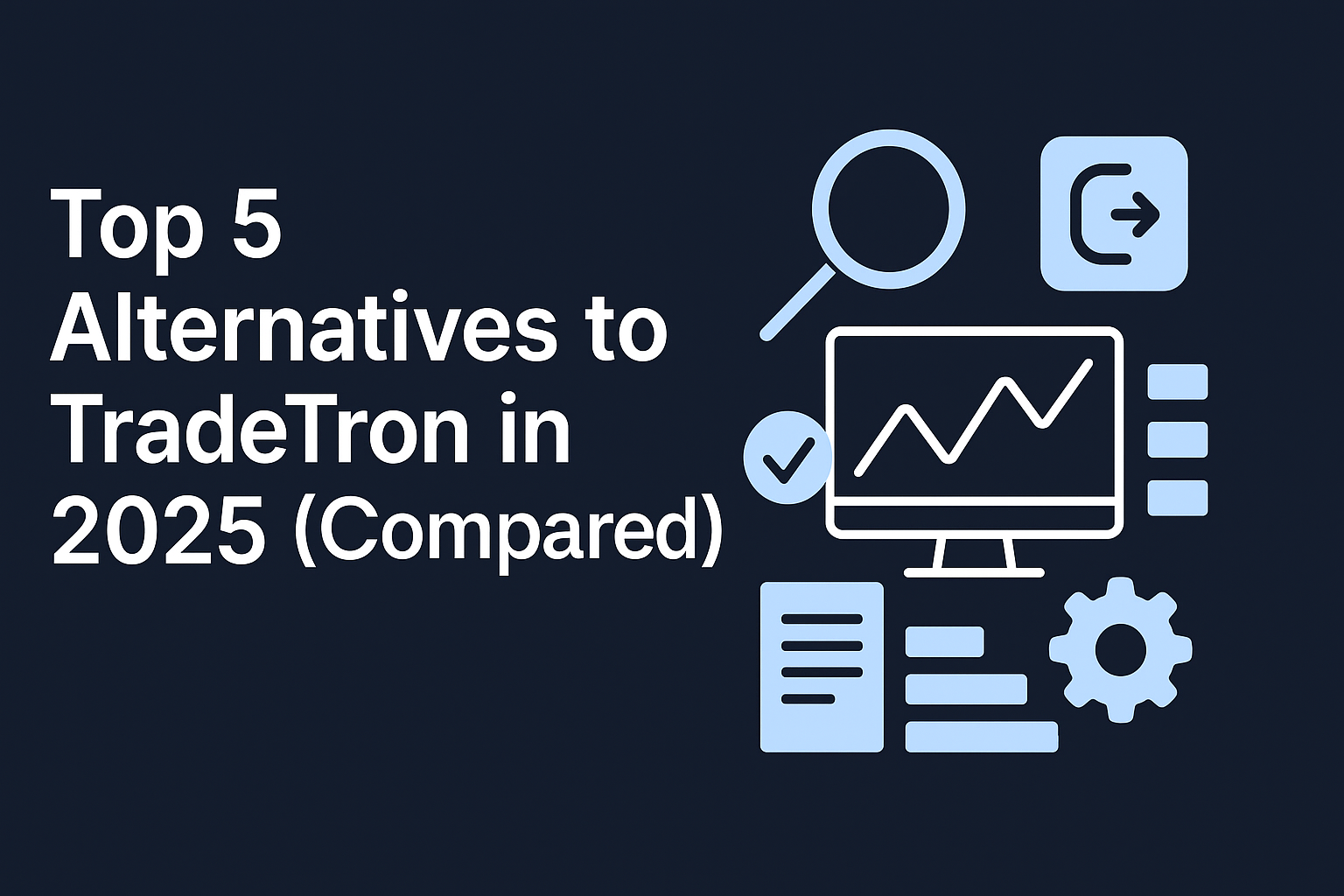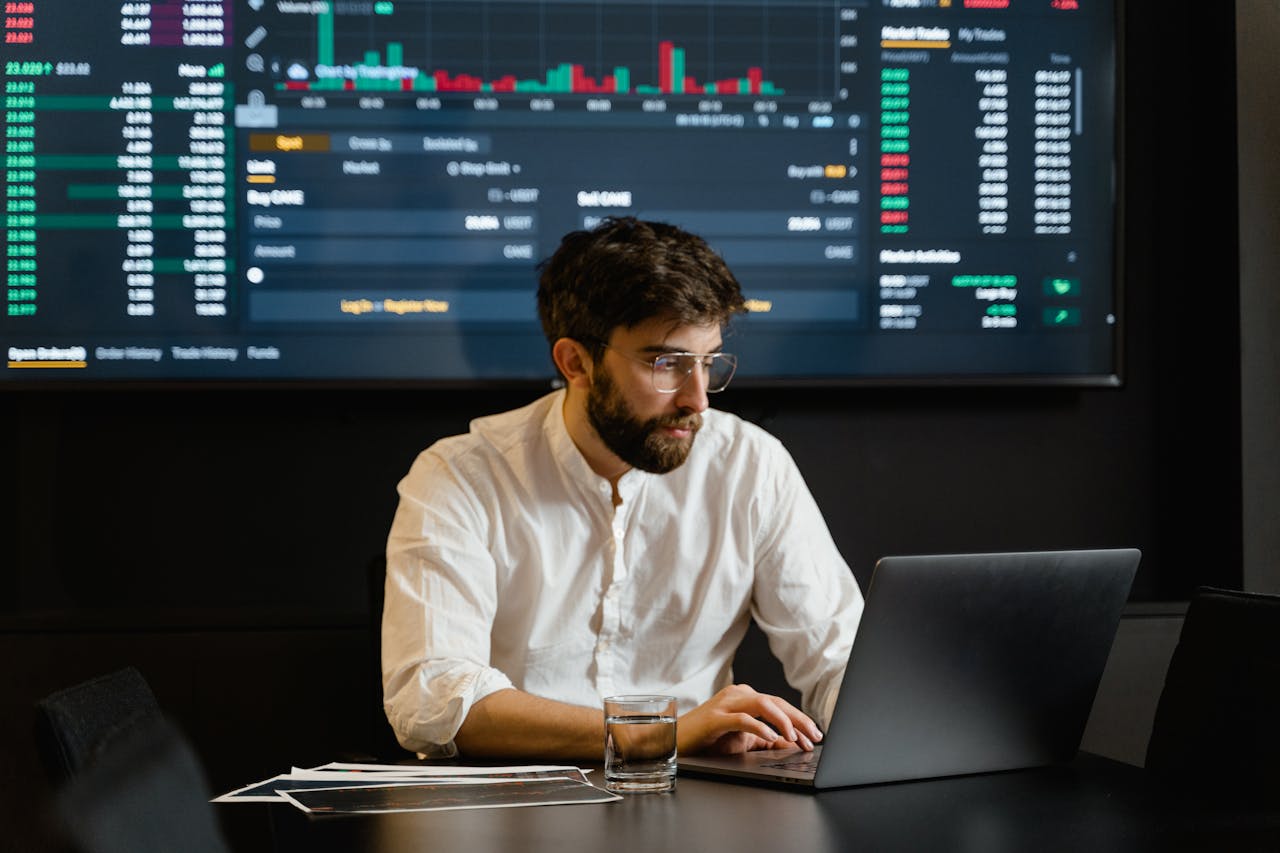The financial markets have continuously evolved with each wave of technological progress, and India’s stock markets are no exception. From open outcry trading floors to fully digitised platforms, the journey has been transformative. Traditional trading strategies, which were once reliant on human intuition and manual analysis, have been rapidly overtaken by a new breed of algo trading platforms offering no-code algorithmic strategies. These algorithms have also entered a new stage of technological advancement. Powered by artificial intelligence (AI), these advanced algorithms are not just automating trades—they’re redefining trading strategies and how decisions are made in the market.
In this blog, we’ll explore how AI and ML are changing the landscape of algo trading strategies—from smarter strategy decisions to AI-driven executions.
Decoding AI and ML
Artificial Intelligence (AI) and Machine Learning (ML) are often used interchangeably, but they are not quite the same. ML is, in fact, a subset of AI. Think of AI as the broader umbrella that includes any machine capable of mimicking human-like intelligence—reasoning, learning, and problem-solving. ML specifically refers to systems that learn from data patterns and improve over time without being explicitly programmed.
In earlier phases of algorithmic trading, ML took the lead—algorithms were trained on historical data to predict market movements or identify trade signals. But as AI continues to evolve, it’s becoming clear that ML alone no longer defines the frontier. Kunal Nandwani, CEO and Co-founder of uTrade aptly pointed this out in a recent podcast with industry expert Sourabh Sisodiya,
“Machine learning is just a small subset. It used to matter—until AI came along. Now, it’s just a part of the bigger picture.”
This shift marks a pivotal moment in algo trading—where intelligent, AI-driven systems are not just learning but adapting, interpreting, and generating intelligently.
How AI & ML Are Redefining Trading Strategies
Artificial intelligence (AI) are currently reshaping the retail investment landscape like never before. What was once reserved for institutional desks—with teams of analysts and coders—is now available at the individual level, thanks to their speed, scalability, and data-driven precision. Let’s discuss how:
Eliminates the Procrastination Phase For New Algo Traders
They say the first step is the hardest, and for new retail traders entering algo trading, it’s also where most get stuck. The idea of selecting suitable pre-built strategies or creating one from scratch often leads to overthinking and inaction. AI helps to bridge this gap by simplifying the starting point.
With AI-powered tools under uTrade Intelligence, retail traders no longer have to navigate complex settings or technical jargon before taking action. Instead, they can communicate their intent in plain English or Hindi—something as simple as, “I want to allocate ₹4,00,000, and the market looks bearish today.” The AI interprets these inputs, suggests or creates strategies from scratch, putting an end to that rumination phase, giving you a tailored starting point for your algo trading journey.
Builds Your Trading Edge from the Ground Up
Today’s strategy-creating AI models, utilising human-like intelligence, reinforcement learning, and Machine Learning (ML), can build trading strategies from the ground up based on your input. By identifying patterns across thousands of existing data points from the market and analysing your inputs, AI can develop strategies that aren’t just regular replications of traditional algo strategies—they’re evolved strategies that align with your needs.
With tools like uTrade AI Strategy Builder using such AI models, all you need to do is feed in your preferences like market direction, capital allocation, or risk level through a simple language prompt, and AI designs a personalised algo trading strategy that reflects your trading mindset without any need for technical jargon.
Faster Analysis Across Thousands of Data Points
For a retail trader, manually collecting market data across different stocks, sectors, or exchanges—and then sitting down to analyse it without a team—is not just time-consuming, it's inefficient. Fortunately, that challenge is no longer a roadblock. Platforms like uTrade Algos come pre-equipped with vast datasets and offer AI-driven tools that eliminate the need for manual analysis.
Machine learning models can identify patterns, detect trends, and learn from past market behaviour. AI complements this by applying its intelligence, building algos, and adjusting parameters. All it takes is a simple input—say, your capital, risk level, or market outlook—and the AI does the heavy lifting:
- Scans thousands of data points
- Recognises relevant strategies
- Creates new logic
- Runs backtests
- Provides visual outputs like payoff curves and risk-return analytics
Balances the Decision Workload
Algo trading wasn’t always inaccessible just because of complex coding requirements—it was also the decision load. Even if retail traders had some technical know-how, the process itself was overwhelming and inefficient.
Let’s break it down:
You start with a market view. Then you need to explore all possible permutations of strategies, filter them based on real-time market conditions, convert them into executable code or fill in strategy forms, and finally, let the algorithm run. Each step, each decision demands time, focus, and technical precision.
AI lightens this load significantly. With intelligent, chat-based tools now available, traders can simply state their intent, like “I expect volatility to be high today, and I want a conservative strategy”—and get instant, actionable trading strategies. With AI in play, your workload shifts from making endless decisions to simply monitoring, adapting, managing risk, and analysing performance, without the usual chaos.
Conclusion
The rise of AI and machine learning is redefining the way retail traders approach the markets, making trading smarter, faster, and more accessible than ever before. From automating complex decisions to building adaptive strategies, AI is removing long-standing entry barriers in algo trading.
Highlighting this revolutionary shift, Kunal Nandwani, Co-founder & CEO at uTrade, shares his perspective on the changing face of algo trading in India with DATAQUEST:
“Unlike traditional algorithms with static rules, AI-powered systems adapt in real-time to changing market conditions, crucial for volatile emerging markets. As these technologies become more accessible, India's strong IT sector and growing financial markets position it to be at the forefront of this AI-driven trading revolution.”
As India’s retail trading community matures, the integration of AI promises not just efficiency, but evolution. Traders no longer have to choose between complexity and control—with a platform like uTrade Algos, they can have both. And in a market that moves fast, that edge could make all the difference.
Ready to experience the power of AI in algo trading? Sign up with uTrade Algos today and explore the smart capabilities of uTrade Intelligence.












